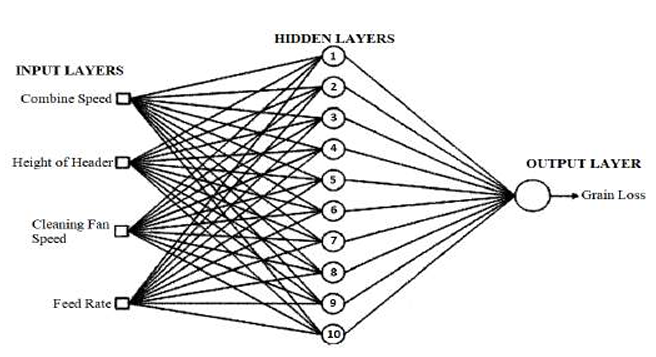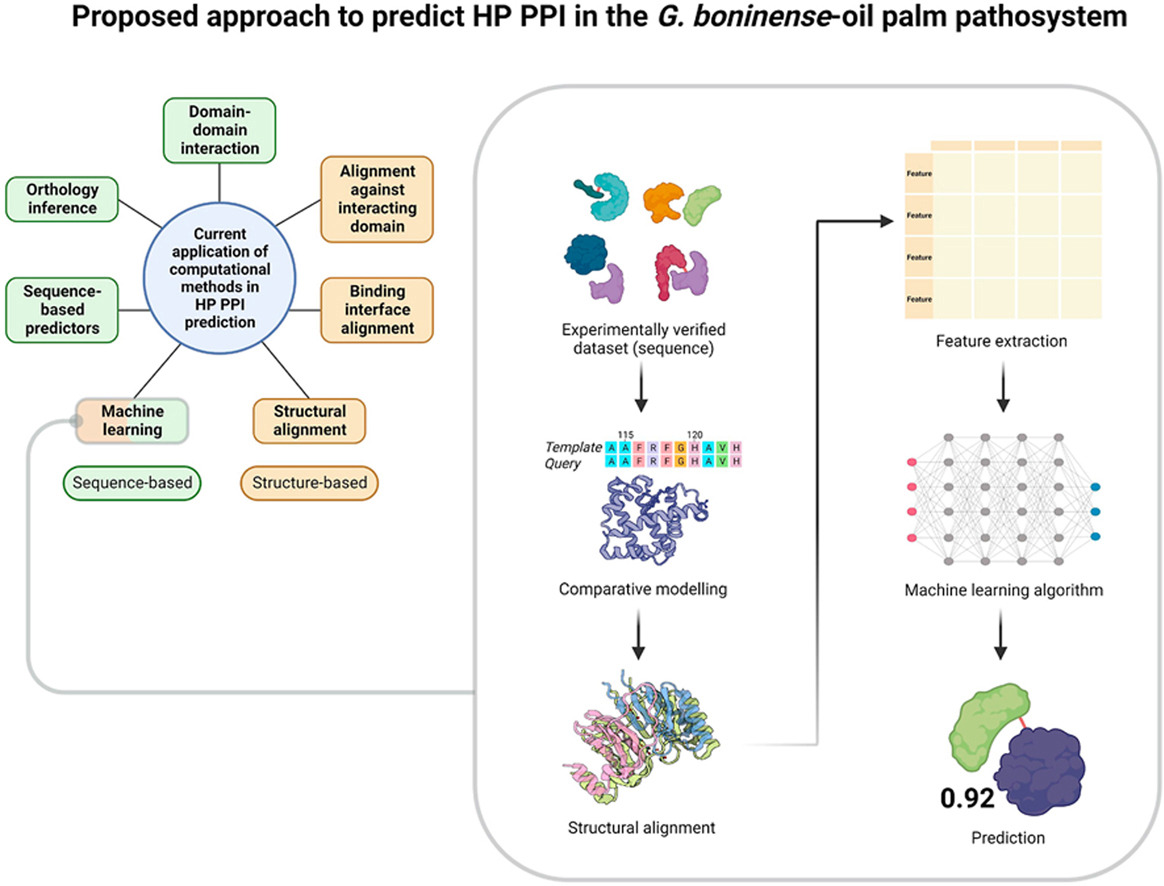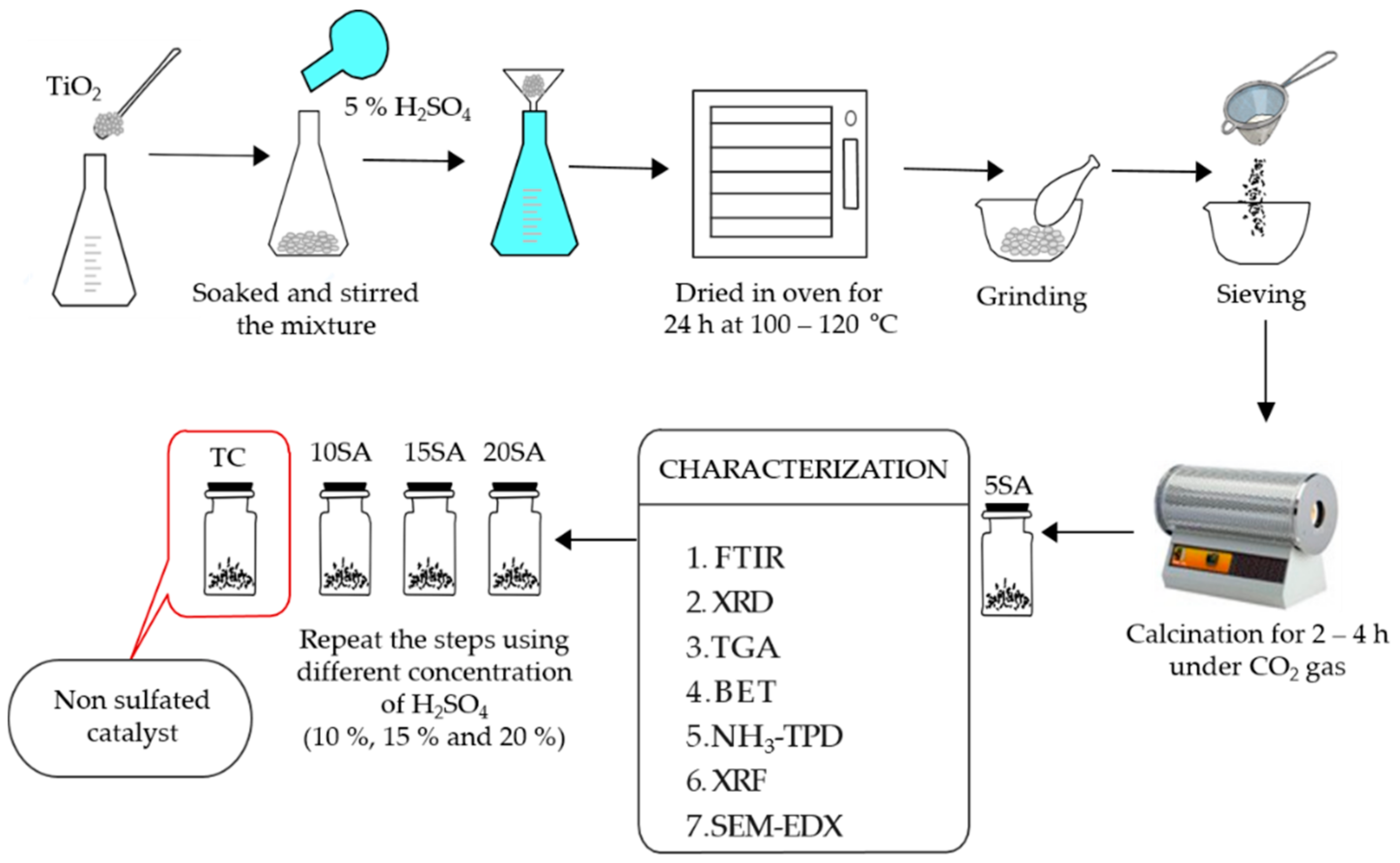|
Chicken is an important source of protein in Malaysia. On average, each of us consumes 50kg of chicken per year, making us one of the largest broiler meat consumers in the world.
Compare that to the per capita chicken consumption in Thailand and Indonesia of around 8kg and 9kg annually.
So the recent surge in prices is a major concern. The retail price of standard processed chicken has increased from RM7.60 per kg in January 2020 to more than RM9 per kg today.
This is under scrutiny since chicken has become almost a staple diet in Malaysia.
Quick-fix solutions have been implemented to mitigate the rising prices, including allowing the imports of cheaper frozen birds.
That may ease the pressure on supplies and prices, but it will hurt our poultry industry, especially if the imports were to continue.
Thus, it is important to look at the problem in the right context. Broiler farming has great economic significance to us.
Today, more than 650 major farms contribute to an annual gross farm output of RM10 billion. Off-farm activity creates more than RM2 billion in added value.
The country is self-sufficient in poultry supply as consumption is supported by domestic production. But we are reliant on the imports of corn for feed.
Thus, we are exposed to global commodity price fluctuations. Escalating global corn prices are increasing production costs as feed makes up more than 70 per cent of the broiler farming costs.
Corn prices have increased 21 per cent this year after a hike of more than 20 per cent last year. The Russia-Ukraine military conflict is expected to further push corn prices up since Kyiv is a major corn producer and exporter.
There have been calls to reduce reliance on corn imports. This will be a huge task. Planting our own grain corn to reduce imports will be expensive, requiring massive government incentives.
Various parameters need to be considered such as land availability, soil suitability, yield, farming scale and many more.
Indonesia, for example, protects its grain corn industry by providing input subsidies, implementing price support and restricting imports.
This helps Indonesia to be a net exporter of grain corn, but that has not helped its poultry industry. The broiler production cost is higher than Malaysia's due to its higher feed cost.
Planting our own grain corn may provide some security for feed supply but it will reduce the competitiveness of the poultry industry due to higher production costs.
A better policy in the long run is to strengthen our poultry industry to ensure greater resilience in the face of short-run market shocks such as what is happening today.
More than 60 per cent of poultry farms in Malaysia are still using the open farming system.
A better and more efficient option is the closed-house system, which increases productivity by improving feed conversion ratio, and reducing mortality and the spread of diseases.
Thailand, whose feed cost is around 20 per cent higher than Malaysia's due to its protectionist policy against imported corn, is able to produce broilers at lower per kg cost because of farming technology and efficiency.
Given the tremendous potential, the government should consider incentives such as low-interest loans, tax rebates and grants to encourage conversions.
It is also important to facilitate the construction of new farms by reducing bureaucracy such as the planning permission process.
This will reduce the capital costs of poultry farms and attract investments and players into the industry.
Higher standards should also be imposed on poultry processing by closing wet market slaughtering.
Thailand ceased wet market processing 10 years ago. Slaughterhouse processing is hygienic and prevents the spread of zoonotic diseases.
The closed-house system and processing plant slaughtering could spur capital investments, including from foreign sources.
The industry also needs to increase downstream activities such as producing cuts and processed products so it can continue growing in the long run. The government must also encourage private investments in processing facilities and technology.
This can be done through financial incentives such as rebates on capital investments and matching grants. All these measures are potentially more effective in ensuring the sustainability of our poultry industry.
|



























